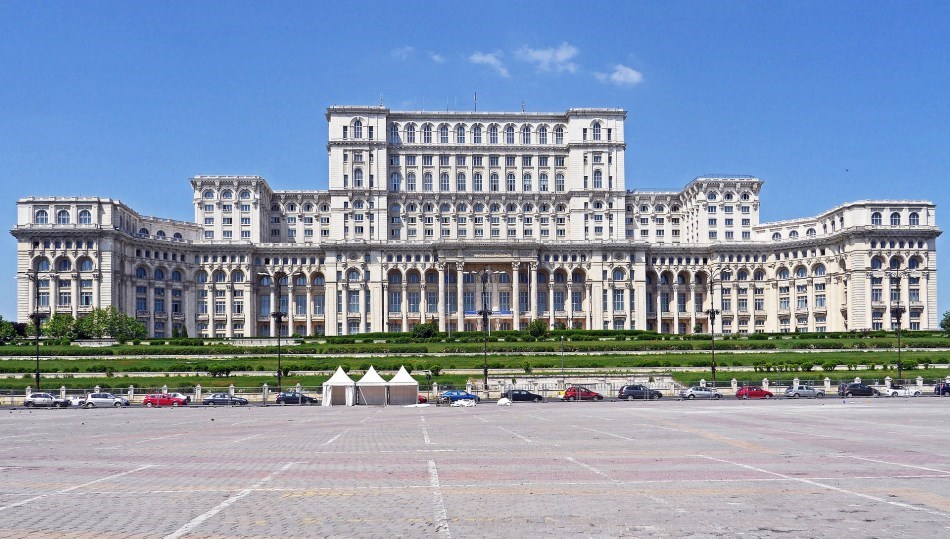Located on Arsenalului Hill, very close to the central Unirii Square, the Palace of the Parliament or the House of the People is one of the highlights of Ceausescu’s megalomaniac vision of how the capital was set to transform if his dictatorship would have lasted. The capital was supposed to be an example of the new society Ceausescu wanted to build, the devastating earthquake from 1977 giving him the perfect excuse to systematize the city.
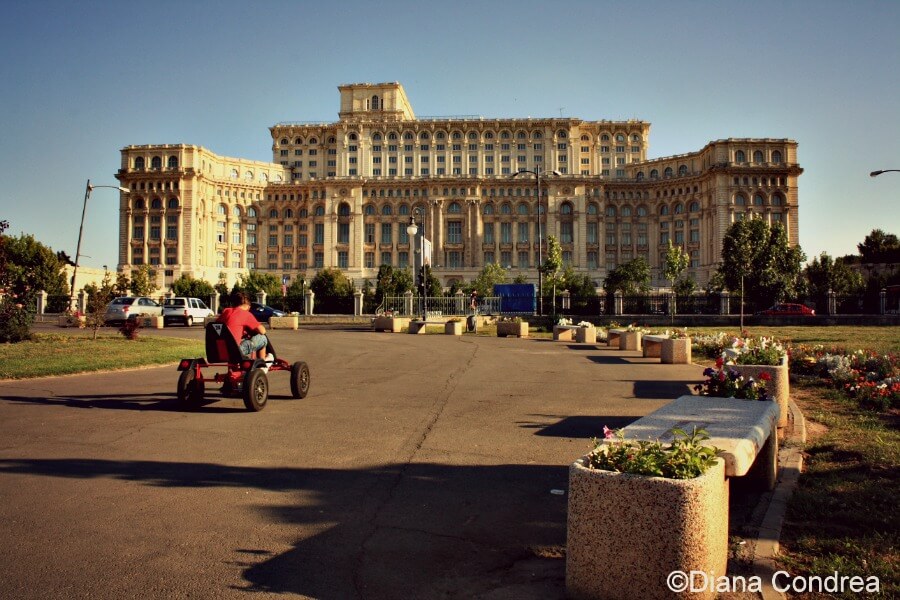
His plans involved destroying the Old Town, its presence being a vivid reminder of a historical time the regime wanted to erase from the collective memory. Overall, one-fourth of the historical center was destroyed and no doubt the process would have continued if the regime would have lasted beyond 1989.
The first step in the remake of Bucharest was to build a monumental construction – the House of the People, known back then as the House of the Republic – even with the price of substantial shortages for the entire population. The construction works started in 1984, in a decade when Nicolae Ceausescu decided to pay all the country’s debt to the International Monetary Fund even if that meant rationalizing food, heating, electricity and a penury of basic goods.
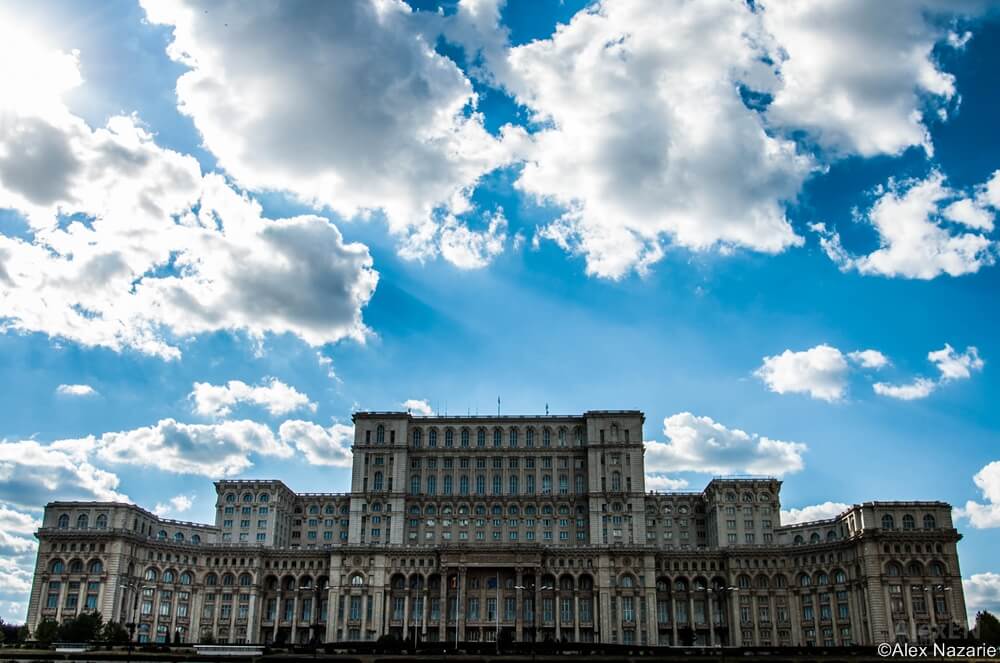
But the harsh daily life of most Romanians was not about to stop Ceausescu’s cult of personality finding new ways of expression. The communist dictator was among many superlatives also ‘the first architect of the country’.
Massive relocations and demolished neighborhoods
Tens of thousands of people were relocated and entire neighborhoods from Bucharest, including the stylish Uranus, were destroyed as well as hundreds of years old monuments to make room for the Parliament Palace and the new Civic Center. Among the demolished churches and monasteries were also the 18th-century Monastery of Vacaresti and the 17th-century Saint Spiridon Church.
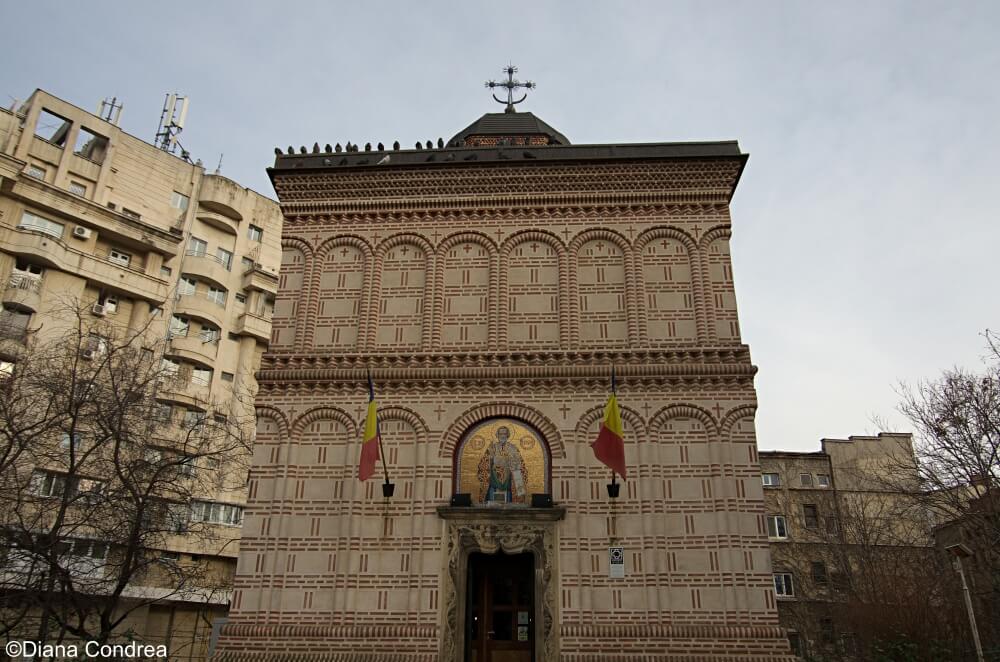
Despite the political risks involved, eight churches were saved from a similar faith with the help of civil engineer Eugen Iordachescu. He designed and implemented a procedure through which the churches were moved even 300 meters away from their original place, hidden completely after the tall blocks of the communist Civic Center.
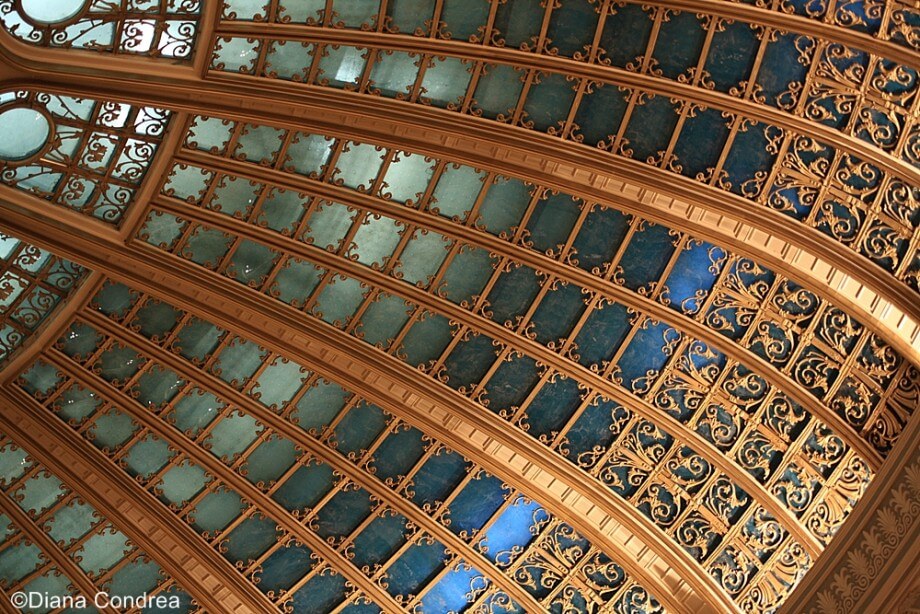
Making their presence as less visible as possible was the only chance of survival. Some of the churches were moved in only a couple of hours at -20 or -25 degrees. The heaviest part moved weighted 9,000 tonnes and was part of Antim Monastery.
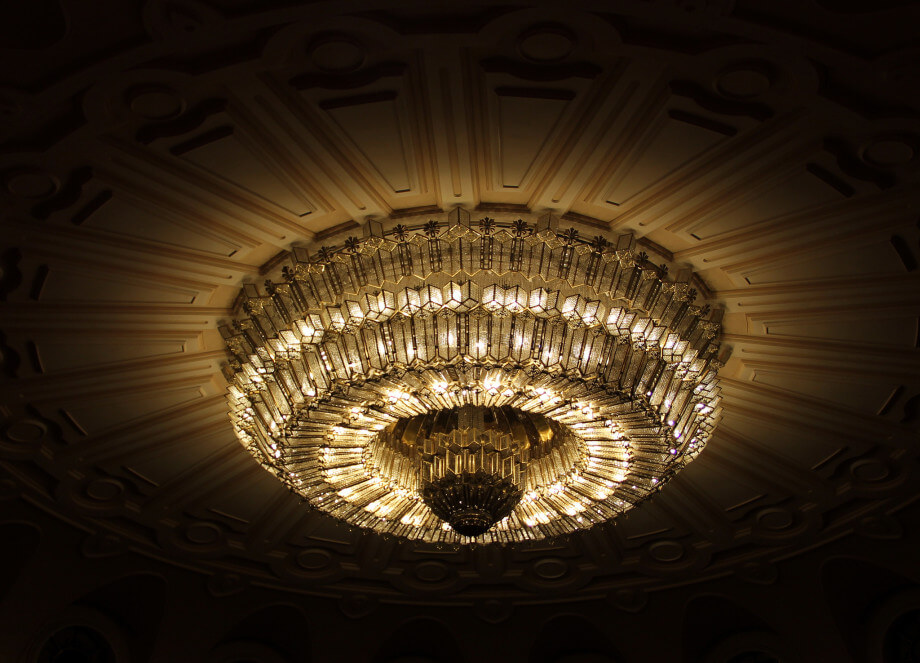
World Records and key facts
With its 365,000 square meters surface, the Palace of the Parliament is the second administrative building on the planet after the Pentagon. The construction is also the third in the world after the Rocket Assembly Building at Cape Caneveral in Florida and the pyramid of Quetzalcoatl in Mexico when it comes to its volume: 2,550,000 cubic meters.
The building is 86 meters tall above ground level and has a depth of 14 meters, it’s 270 meters long and 245 meters wide. The quantity of raw materials used is impressive: 1 million cubic meters of marble, 900,000 cubic meters of the finest woods, 700,000 tons of steel, 3,500 tons of crystal for 2,800 chandeliers, 100 kg of gold, 3,500 meters of leather and 220,000 square meters of carpets. The results are spectacular as the decorations, no matter how big and elaborate, are hand-carved and personalized according to the theme and purpose of the room.
At least 700 architects worked on the construction site together with 20,000 workers. Work took place in three shifts, 24 hours, every day of the week, for 7 years. The magnitude of the work effort was unparalleled, possible only in a communist country. All the materials, as well as the workforce, were brought only from Romania.
It is hard to estimate the total costs of the palace as the state was the sole owner of the resources used for the construction and the communist regime was anything but transparent with its bills.
Urban legends
The Parliament Palace from Bucharest is the main protagonist of many urban myths, from the ghosts of the dead workers to the secret subway line that connected the building to the airport. If it’s certain that the construction site had its share of fatal work accidents, the existence of the subway line is hard to prove due to security secrets.
What’s almost sure is that two underground water channels were executed to allow Ceausescu to escape in case of a revolution. Two anti-nuclear shelters were also built in the underground. However, it’s not likely that this part of the Parliament Palace will be open for visits anytime soon.
The Parliament Palace today
Ceausescu didn’t live enough to see his final dream come true. The Parliament Palace from Bucharest was only 70% finished in December 1989 when he was rapidly executed after the uprising street protests that started the Revolution. In 1994, this oversized symbol of communism became the headquarters of a key democratic institution, the Parliament, in an ironical twist of history.
According to uncover-romania



